As a parent, you want your children to grow up responsible and independent. But guiding them can be tough. The key is using natural consequences.
Let’s say your child forgets their lunch at home. Instead of fixing it, you let them go hungry. It’s hard in the moment, but it’s a chance for them to learn about responsibility.
What are Natural Consequences?
Natural consequences happen when a child’s actions lead to results without any punishment from a parent1. These outcomes help kids see how their actions affect things1. By facing the results of their choices, kids learn important skills like solving problems, being responsible, and being independent1.
Natural consequences are different from logical consequences, which parents impose2. For instance, if a kid doesn’t wear a coat on a cold day, they’ll get cold2. This teaches them to dress right for the weather without punishment2.
When parents let natural consequences happen, kids learn a lot2. They get better at thinking critically, understanding cause and effect, and making their own choices1. This way, parents and kids build trust and talk openly, avoiding fights2.
Advantages of Natural Consequence
- Teach children the logical connection between their actions and the resulting effects1.
- Promote the development of problem-solving skills and independence1.
- Foster trust and open communication between parents and children2.
- Encourage children to take responsibility for their decisions1.
- Help children develop critical thinking and self-regulation skills3.
| Natural Consequence | Logical Consequence |
|---|---|
| Occur naturally as a result of a child’s behavior | Imposed by parents or authority figures |
| Teach children the cause-and-effect relationship of their actions | May not be entirely logical and can be perceived as punishment |
| Promote the development of problem-solving and critical thinking skills | Can create an adversarial relationship between parents and children |
| Foster trust and open communication between parents and children | May not allow children to learn from their mistakes as effectively |
Remember, natural consequence should not be used when a child’s safety or health is at risk2. In such cases, parents must step in to keep their child safe and guide them2.
“Natural and logical consequences are highly effective forms of teaching, and they are part of all top evidence-based parenting programs.”3
Understanding natural consequence helps parents create a supportive place for kids to learn from mistakes12. This way, kids can grow into capable and independent individuals12.
Why Use Natural Consequences?
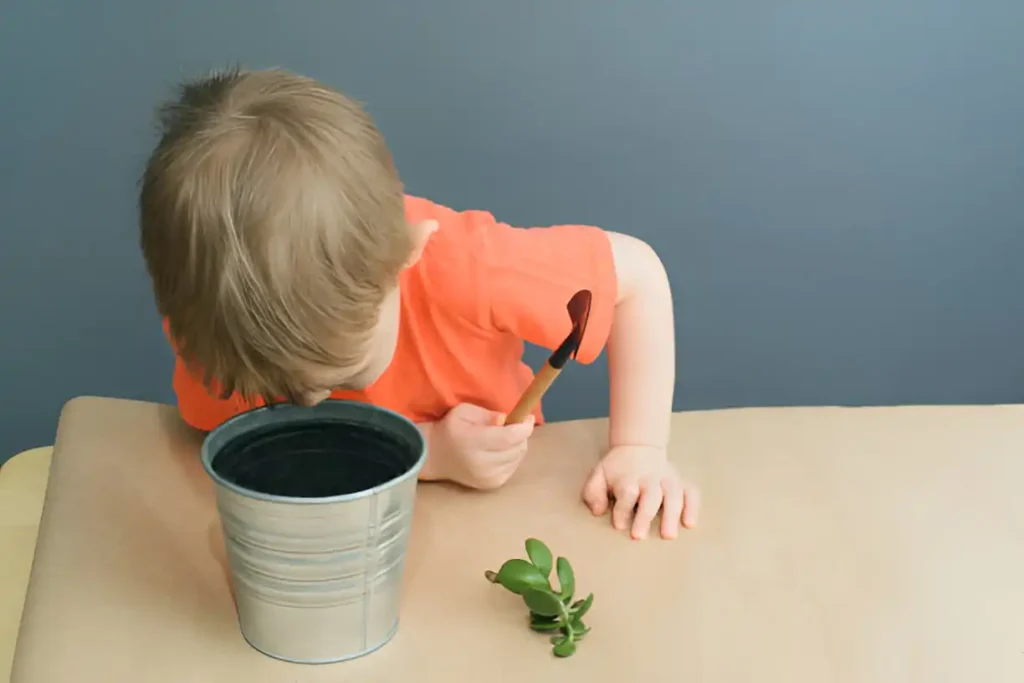
Using natural consequence is a great way to teach your kids. When kids face the real results of their actions, they learn to make better choices4. This method shows them how their actions lead to outcomes, unlike random punishments4.
One key benefit of natural consequence is teaching kids to be responsible4. For example, if a child leaves toys everywhere, they might not find their favorite to play with4. This teaches them to take care of things and helps them develop good habits.
Natural consequences also help kids become more independent4. By letting them see the results of their choices, they learn to think and solve problems4. If a child doesn’t do homework, they might get a bad grade or miss recess4. This teaches them the value of doing their homework.
But, natural consequences aren’t always the best choice5. If a consequence could harm a child, parents should step in and use a logical consequence instead5. The goal is to teach, not punish5.
The reasons to use natural consequences are clear: they teach kids responsibility, independence, and problem-solving6. They also help kids understand how their actions affect the world6. By using this method, parents can create a better, more effective way to discipline their kids6.
“Natural consequences are a valuable tool amongst others in disciplining children effectively.” – Madelyn Swift
Effective Time 1: Promoting Responsibility
Natural consequences are a great way to teach kids about responsibility7. They learn that their actions have real effects. This is more effective than always telling them what to do7. By making mistakes, kids learn to be accountable and make better choices later.
For instance, if a kid leaves toys everywhere, they might not find their favorite toy to play with later7. This teaches them that not cleaning up affects their fun7. Kids learn to take responsibility and feel more in control of their actions.
Implementing Natural Consequences Effectively
It’s key to make sure consequences fit the child’s age and aren’t too harsh7. Mild penalties, like a time-out for young ones or losing a privilege for older kids, work better than strict punishments7. Letting kids pick their consequences can make them more invested in the outcome7.
Studies show that natural consequences are good for kids’ emotional health and development78. They help kids learn to be responsible and independent. This makes them more resilient and skilled in life.
Natural consequences are a powerful tool for teaching kids to own their actions78. By letting kids face the results of their choices, parents help them grow into self-reliant individuals.
Natural Consequences
Natural consequences are everywhere and can teach children a lot. They happen when a child’s actions lead to results without any help from parents9. These outcomes show kids how their choices affect them, teaching them to be responsible.
For example, if a child doesn’t wear a coat on a cold day, they’ll feel cold10. Not doing homework can mean a bad grade10. And spilling a drink means they have to clean it up10. These experiences help kids learn important skills like responsibility and independence.
But natural consequences aren’t just about physical things. They can also be emotional, like feeling embarrassed or upset11. The important thing is to let these consequences happen naturally, without scolding or punishing.
| Examples of Natural Consequences | Examples of Logical Consequences |
|---|---|
| Tim leaving his toy out for the puppy to chew on | Jessica not eating her vegetables |
| Susan not washing her shirt, leading to it becoming dirty | Sammy riding her bike in the street, resulting in a warning or temporary bike privileges being taken away |
| Johnny not bringing a rain jacket, getting wet in the rain | Paul driving his parents’ car without permission, losing the privilege to drive for a period of time |
Understanding natural consequences helps parents create a learning space. It encourages kids to be responsible, independent, and solve problems1011.
Effective Time 2: Encouraging Independence
Natural consequences can be a great way to encourage your child’s independence12. They learn to think for themselves and solve problems. For instance, forgetting homework can lead to a bad grade. This teaches them to be more responsible in the future13.
It’s important to find the right balance between guiding and letting them learn from mistakes12. Natural consequences help children learn, but they should never be dangerous12. This way, your child will grow to think and solve problems on their own.
Teaching independence through natural consequences takes patience14. It’s hard for parents who want to protect their kids from harm. But, it’s worth it to help your child become self-reliant and make good decisions.
The aim is not to punish but to help your child learn and grow14. By focusing on the outcomes of their actions, you encourage responsibility and independence. This will benefit them in the long run.
“The essence of independence has been to think and act according to standards from within, not without.” – Eleanor Roosevelt
Using natural consequences is about giving your child the skills to be independent14. With patience and guidance, they’ll learn to solve problems and make their own decisions. This will empower them to face the world confidently.
Effective Time 3: Developing Problem-Solving Skills
Using natural consequences is a great way to help your child learn to solve problems. By letting children face the results of their, they learn to think deeply and find their own solutions15. For example, if a child doesn’t do their homework, they might get a bad grade or have to stay in during recess to finish it15.
This teaches them to think about their choices and the possible outcomes. It helps them make better decisions in the future.
Experiencing natural consequences helps children develop important skills like attention and time management16. It lets them learn from their actions and grow in problem-solving abilities16. It also makes them more empathetic and good at solving conflicts16.
Using natural consequences helps children learn from mistakes and become more independent1516. It supports their success in school and helps them make better choices in life.
“Logical consequences are a key practice in the Responsive Classroom approach to discipline.”15
| Type of Logical Consequence | Example |
|---|---|
| Consequences where responsible parties must fix problems | A child makes a mess, and they must clean it up. |
| Consequences where privileges are temporarily taken away | A child doesn’t follow the rules, and they lose the privilege of playing with a toy for the rest of the day. |
| Consequences where children move to a pre-established place in the classroom to calm down | A child is disruptive, and they move to the “calm down” area to regain self-control. |
By using natural consequences, you can help your child grow and become more independent1516.
Guidelines for Using Natural Consequences
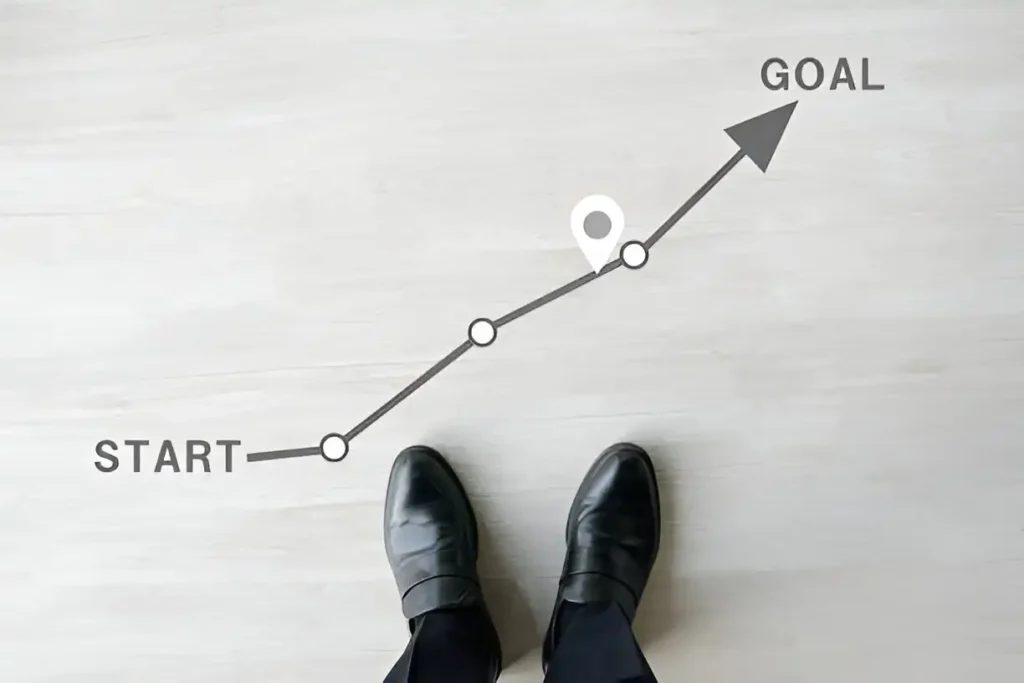
Using natural consequences as a parenting method needs careful guidelines. This ensures they work well and keep your relationship with your child strong1718.
First, the consequences must match the child’s actions and be fair to both the child and the parent18. It’s important to give these consequences in a kind way, without making the child feel ashamed or blamed18.
- Consequences should be relevant to the behavior and reasonable for the child.
- Deliver consequences in a respectful manner, without shame or blame.
- Follow through with the consequence and avoid giving in to the child’s protests.
- Ensure consequences occur soon after the behavior to establish the connection.
- Combine natural consequences with guidance and support to help the child understand the link between their actions and the outcomes.
It’s also key to stick to the consequence and not give in to your child’s protests or attempts to avoid it18. Natural consequences are most effective when they happen right after the behavior. This lets the child see how their actions lead to the results18.
The best approach is to use natural consequences with guidance and support from parents18. By talking to your child about the consequences, helping them see the connection, and teaching them to make better choices, you help them grow. This builds essential life skills and strengthens your relationship18.
| Best Practices for Natural Consequences | Explanation |
|---|---|
| Relevance and Reasonableness | Consequences should be directly related to the behavior and reasonable from the child’s and parent’s perspectives. |
| Respectful Delivery | Consequences should be delivered without shame, blame, or harsh discipline. |
| Follow-through | Avoid giving in to the child’s protests and follow through with the consequence. |
| Timely Connection | Consequences should occur soon after the behavior to establish a clear link. |
| Guidance and Support | Combine natural consequences with parental guidance and support to help the child understand the connection. |
By following these guidelines for Guidelines for Natural Consequences, you can effectively use natural consequences. This promotes responsibility, encourages independence, and helps your children develop problem-solving skills18.
“Natural consequences are more effective in changing a child’s behavior compared to unrelated consequences.”18
Balancing Natural Consequences with Guidance
While natural consequences are effective, they work best with parental guidance19. Parents should talk to their kids about the consequences. This helps kids see how their actions lead to outcomes19.
Parents can then guide their kids in making better choices. This way, kids learn from their mistakes and grow responsible19.
By mixing natural consequences with support, kids become more self-reliant19. Research shows kids who face consequences well solve problems better as adults19. They also behave more responsibly19.
Remember, consequences are a valuable tool, but use them wisely20. Effective consequences are relevant, timely, and teach good behavior21. Consistent enforcement of consequences can greatly improve behavior21.
| Key Considerations for Balancing Natural Consequences and Guidance |
|---|
|
By combining natural consequences with parental guidance and support, kids learn to make responsible choices19. This method helps them understand cause and effect. It also gives them the support to face challenges and make better choices19.
“Natural consequences work best when combined with parental guidance and support. This allows children to learn from their mistakes and develop the skills to make more responsible decisions going forward.”
Age-Appropriate Implementation
Using Age-Appropriate Natural Consequences with your kids is key. For toddlers (3 years old), a simple time-out is best. It should last as long as the child is old22. As kids get older, like preschoolers (4-5 years old), putting a toy in timeout for 20 minutes teaches them to behave22.
For school-age kids and tweens (6-12 years old), taking away privileges or items they love works well22. Teens (13-18 years old) learn from losing their phone after bedtime22.
It’s important to match the consequence to your child’s understanding23. With patience and consistency, natural consequences teach valuable lessons at any age24.
By adapting natural consequences to your child’s age and developmental stage, you make lessons meaningful23. Being consistent and clear is crucial. This way, your kids see the value of their choices and the outcomes24.
Consistency and Follow-Through
Being consistent and following through is key when using natural consequences to teach your child. If you threaten a consequence but don’t follow through, your child will learn that your words don’t mean anything25. It’s crucial to state the consequence calmly and then stick to it, without arguing or negotiating26.
Being consistent with natural consequences shows you’re serious about teaching your child. This helps them understand that their choices have real effects, teaching them from mistakes and improving problem-solving skills25.
- Following through with natural consequences teaches your child that their actions have real effects, not just empty threats27.
- Consistent discipline makes children feel secure and understand the rules, reducing power struggles and promoting teamwork27.
- By staying calm and matter-of-fact with natural consequences, you avoid making conflicts worse. Instead, you teach your child responsible behavior26.
Being consistent with natural consequences takes patience and commitment, but it’s worth it in the long run27. By following through and letting your child see the logical results of their actions, you’re preparing them for success. You’re also helping them develop the self-regulation skills they need to do well25.
Remember, the aim of using natural consequences isn’t to punish your child. It’s to help them learn and grow26. By being consistent, you show your child you care and are invested in their growth. This can make your relationship stronger and build mutual respect27.
Building a Positive Relationship
Using natural consequences as a disciplinary method is key. It’s important to keep a positive and supportive relationship with your child28. Most parents of 2-5 year olds use spanking, but avoid shaming or blaming28.
Have open talks about their choices and outcomes. Guide and encourage them in a nurturing way. Spend 10-15 minutes daily28 on activities like playing or reading together. On weekends, have longer sessions28.
This mix of natural consequences and support strengthens your bond. It helps your child make better choices and sleep better. They’ll feel more secure and connected28.
Focus on the bond between you and your child28. Activities should teach and learn together. Set clear rules and consequences, but stay positive28.
Children misbehave because they want reassurance and connection28. Building a strong bond reduces the need for harsh consequences. It helps them make better choices28.
By balancing natural consequences with nurturing, you strengthen your bond. This approach is key to guiding your child’s growth and development.
Seeking Professional Guidance
If you’re finding it hard to use natural consequences or your child keeps having behavioral problems, getting help from a professional29 might be a good idea. A doctor, therapist, or parenting coach can give you advice tailored to your child’s needs29. They can also help you solve any problems and create a plan to manage your child’s behavior29.
Knowing When to Seek Help with Natural Consequences: It’s key to know when to ask for professional help. Look out for signs like your child making bad choices, being defiant, or not getting how their actions lead to consequences30. If you’re struggling to guide your child’s behavior with natural consequences, don’t be afraid to ask for help.
Professional Support for Natural Consequences: A professional can guide you on using natural consequences well. They can share insights on your child’s development, suggest ways to use natural consequences for learning, and help with any issues causing your child’s behavior31. With their help, you can make sure natural consequences are helping your child grow and learn.
| Type of Consequence | Description | Example |
|---|---|---|
| Natural Consequences | Occur naturally as a result of a child’s behavior, without any intervention or punishment from a parent. | If a child forgets to bring their homework to school, they may receive a lower grade on the assignment. |
| Logical Consequences | Determined and delivered by caregivers and do not occur naturally. | If a child refuses to clean up their toys, they may lose the privilege of playing with those toys for the rest of the day. |
| Restitution | A logical consequence to teach children to treat others and property with respect. | If a child breaks a neighbor’s window, they may be required to help pay for the repairs or do chores to earn the money to cover the cost. |
Understanding the different types of consequences and when to seek professional help can help you use natural consequences effectively31.
Remember, natural consequences are a powerful tool, but they should be used with parental guidance and support30. If you’re unsure about how to use natural consequences or are worried about your child’s behavior, don’t hesitate to get professional help29. They can guide you through the challenges and make sure natural consequences are good for your child’s growth and development.
Conclusion
Exploring natural consequences shows they’re a great way to teach kids. They learn that their actions have results. This helps kids understand cause and effect32.
Using natural consequences helps kids become more responsible32. It also boosts their independence and problem-solving skills33. But, it’s key to balance this with guidance and a strong relationship33.
Natural consequences teach kids from their mistakes. They help kids make better choices later32. By using these methods, you create a space where kids can grow and succeed33.
Parenting comes with its own set of challenges. But, natural consequences can help you face them with confidence. This way, you can connect more with your kids33.
Keep learning from this article. Start a journey of building respect and equality with your child. It will be rewarding.
FAQ
What are natural consequences?
Natural consequences happen when a child’s actions lead to results without any punishment. They help kids see how their actions affect things.
Why should I use natural consequences with my children?
Natural consequences teach kids to be responsible and independent. They learn to solve problems on their own. This way, kids make better choices in the future.
When can I use natural consequences to promote responsibility?
Use natural consequences to teach kids about responsibility. For example, if a child leaves toys everywhere, they might not find their favorite toy to play with.
What are some examples of natural consequences?
Natural consequences include getting cold without a coat, getting a bad grade for not doing homework, or having to clean up a spill.
How can natural consequences encourage independence?
Natural consequences help kids think for themselves. If a child forgets homework, they might get a bad grade. This teaches them to be more careful with their work.
How can natural consequences help develop problem-solving skills?
Natural consequences teach kids to think before acting. If they don’t do homework, they might get a bad grade. This teaches them to make better choices.
What are some guidelines for using natural consequences effectively?
Make sure consequences fit the behavior and are fair. Talk to your child about it without blaming. Stick to the consequence, even if they protest.
How can I balance natural consequences with parental guidance and support?
Use natural consequences with guidance and support. Talk to your child about what happened. Help them understand and make better choices next time.
How do I adjust natural consequences for different age groups?
Younger kids do well with simple consequences like losing a toy. Older kids can handle more, like losing privileges. Choose consequences that fit your child’s understanding.
Why is consistency and follow-through important when using natural consequences?
Being consistent shows your child you mean it. If you don’t follow through, they won’t take you seriously. Stick to it, even when it’s hard.
How can I use natural consequences while maintaining a positive relationship with my child?
Avoid blaming or shaming. Talk openly about choices and outcomes. Guide and encourage them to learn from mistakes. This strengthens your bond and helps them make good choices.
When should I seek professional guidance for using natural consequences?
If you’re having trouble with natural consequences or your child’s behavior, get help. A pediatrician, therapist, or coach can offer advice tailored to your child’s needs.

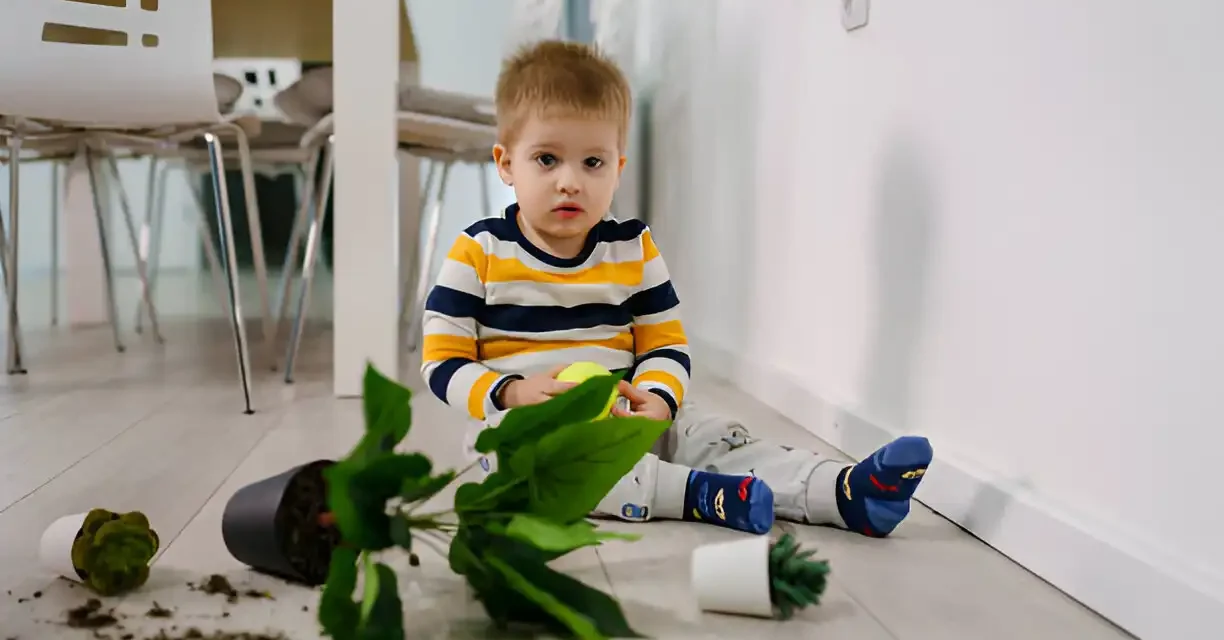
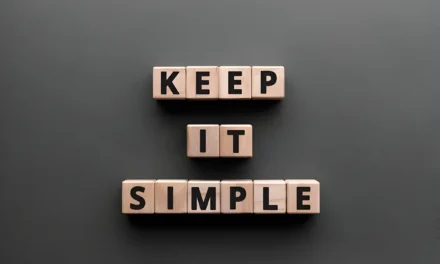
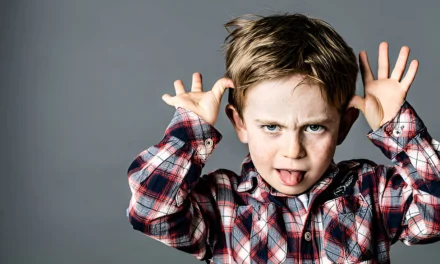
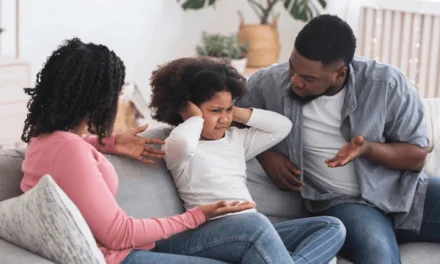
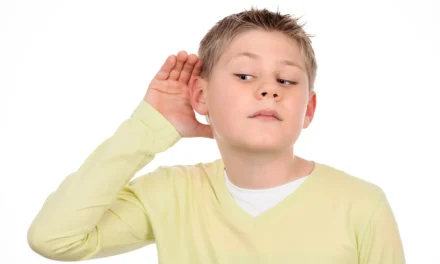
Trackbacks/Pingbacks